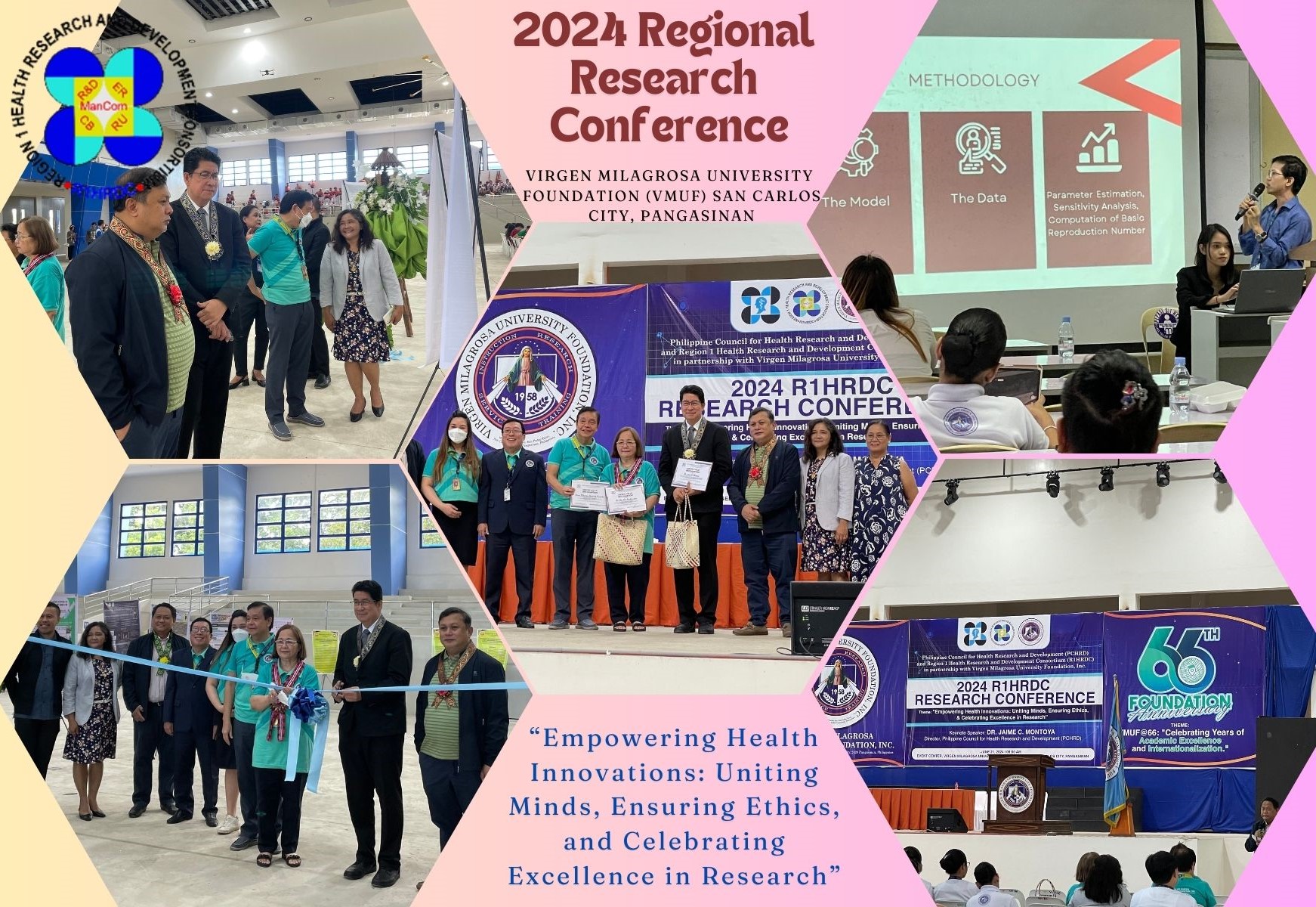The Department of Health is issuing this supplementary Call for Proposals for the 2022 Advancing Health through Evidence Assisted-Decisions with Health Policy and Systems Research (AHEAD with HPSR) program priorities in support of policy development for research management and ethics review process in the Department of Health. Interested individuals preferably with institutional affiliations that are DOST-certified are welcome to apply. The projects posted here are for implementation within the period of CY 2022 and we encourage submission of proposals that only address the priorities identified in this call.
















